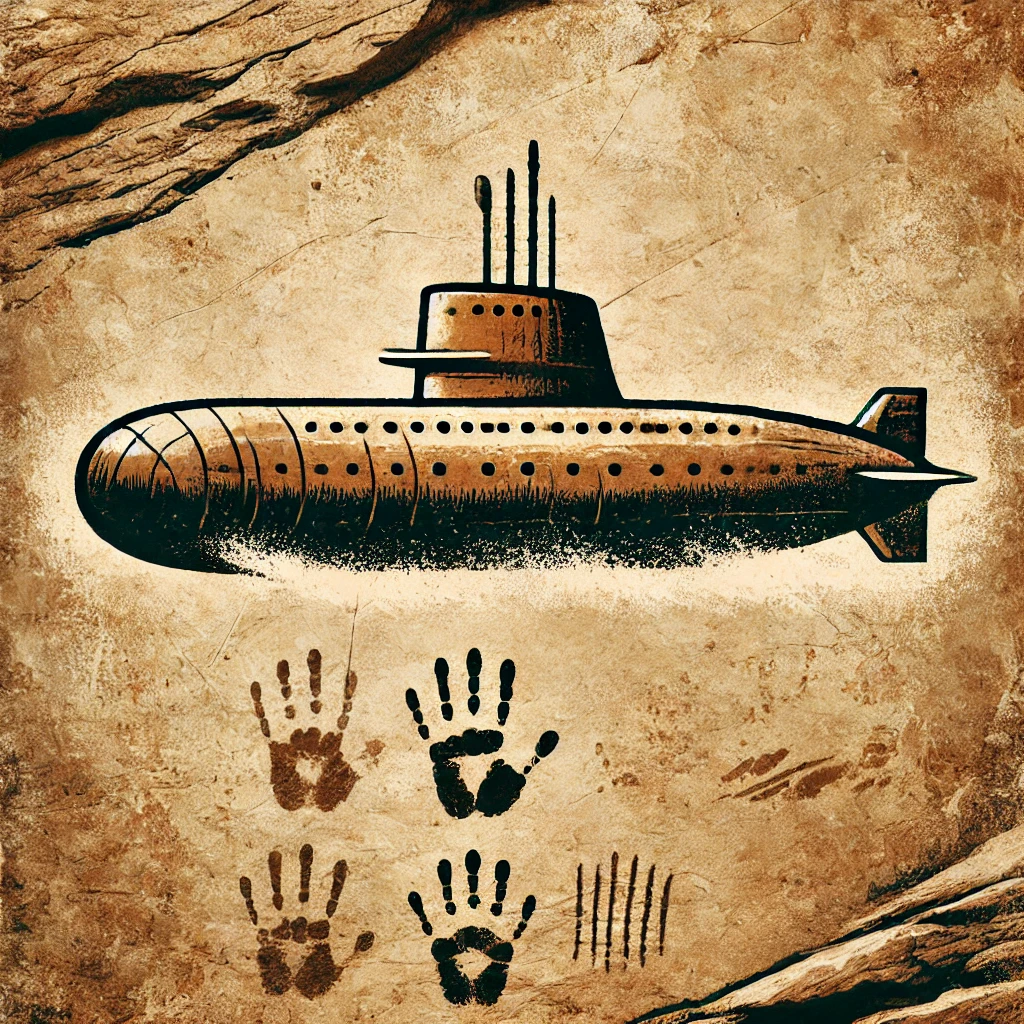How to buy cheap second-hand drones without unpleasant surprises
Imagine finding a drone that looks perfect and is priced irresistibly low, but the first time you take off it vibrates strangely and the battery dies within minutes. That scene happens more often than you might think. In this guide, I’ll explain clearly and directly how to evaluate cheap second-hand drones to avoid hidden repair costs—and, most importantly, how to spot great opportunities without needing to be an expert.
Why consider a second-hand drone
Buying second-hand can be a smart entry point. Many pilots sell nearly new drones because they upgrade or need specific features. This creates a market where, if you know what to look for, you can get a well-maintained drone for much less money. The key is understanding that you’re not just buying a device—you’re buying its usage history, maintenance, and spare parts availability. When those three align, the savings are real and the flying experience stays stable and safe.
What to check to avoid a bad purchase
Frame, propellers, and chassis
The shell tells the drone’s story. Look for impact marks, glued joints, or misaligned parts. If the frame is warped, flight will be unstable and the flight controller will have to overcompensate. Propellers should spin freely, without rubbing or looseness. A nicked edge or bent blade may seem minor, but it often means previous crashes and vibrations that can throw off sensors.
Motors, vibrations, and noises
Power up the drone on the ground and listen. A steady hum is a good sign; clicking, whistling, or fluctuating tones indicate damaged bearings or bent shafts. When you lift it a few inches, check if it holds position without jerky corrections. If the drone vibrates, the camera will show “jello” effects and sensors will misread orientation, triggering warnings and making flight uncomfortable.
Battery and real flight time
The battery is the drone’s heart—and the most common expense. If it’s swollen, gets hot after a few minutes, or loses charge at rest, walk away. Ask about charge cycles, request a timed flight test, and ensure the percentage reading drops smoothly, not in jumps. When calculating cost, include replacement batteries—they can turn a “bargain” into an expensive fix.
Remote control, signal, and sensors
A controller that lags or loses connection at short range signals antenna or firmware issues. Test the return-to-home, altitude hold, and wind stability. Proximity and positioning sensors should react predictably; if they don’t, the drone overcorrects and feels nervous, increasing crash risk.
Camera, gimbal, and recording
If the drone has a camera, make sure the gimbal starts centered and moves smoothly. Record a few seconds and review the footage on a computer, not just on your phone. Microvibrations, tilted horizons, or jumpy stabilization reveal past impacts or misaligned axes that can lead to costly repairs.
How to spot good deals
The best purchases come with receipts, original accessories, and clear maintenance records. A trustworthy seller will offer an in-person test flight, recent takeoff and landing videos, and detailed answers to technical questions. Ask why they’re selling: upgrading or lack of use are normal reasons; “minor crash” requires extra scrutiny. Compare prices including potential parts—if the gap to a new unit doesn’t cover batteries and minor repairs, the “deal” might not be one.
Key considerations before paying
Total cost of ownership
Don’t just look at the sticker price. Add batteries, spare propellers, a charger, possible repairs, and setup time. A slightly pricier second-hand drone with two healthy batteries and accessories can cost far less long-term than a dirt-cheap one with a tired battery and no extras.
Spare parts and support availability
Check that replacement parts for arms, motors, landing gear, and gimbal are easy to find—and that firmware updates are still supported. If updates are impossible or parts are discontinued, even a small crash can ground you permanently.
Flight test and documentation
A short test flight reveals a lot. Observe takeoff, stability, return accuracy, and video quality. Request serial numbers and confirm the drone isn’t reported lost or locked. If everything checks out and flight behavior is clean, the deal earns serious points.
Negotiation, red flags, and next steps
Negotiate with facts: estimate the drone’s age, true battery condition, and any upcoming costs. If the seller refuses a demo, pressures you to buy immediately, or the price is too low without explanation, treat it as a red flag. Buying cheap second-hand drones is absolutely possible—and smart—if you follow these basics. With patience, a systematic inspection, and clear numbers, you’ll find great deals and avoid expensive mistakes. In the next article, we’ll cover how to estimate your yearly flying budget so every flight pays off instead of costing you.




